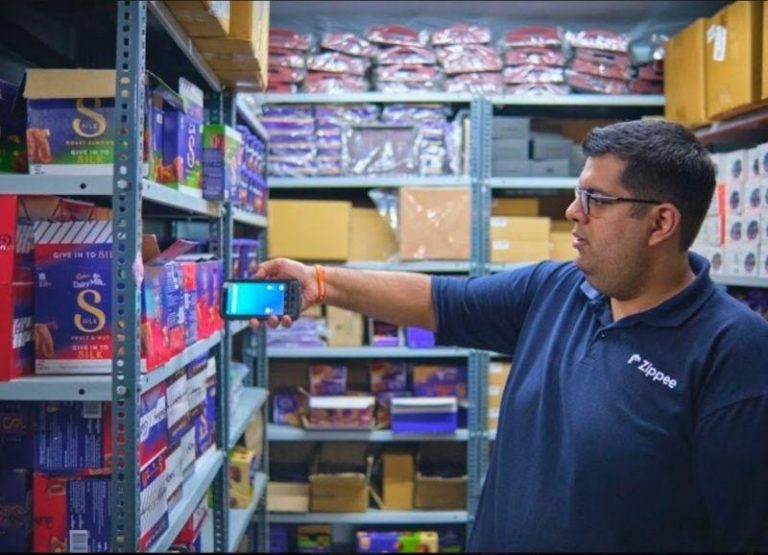
Is your workplace built for flexibility or friction?
In today’s fast-paced and ever-evolving business landscape, the traditional 9-to-5 office setup is no longer the only option. The modern workplace has shifted to a hybrid model, where employees work from various locations, including home, coffee shops, coworking spaces, or even while traveling. This flexibility is a double-edged sword, offering both benefits and challenges. To succeed in this new landscape, companies must focus on creating a workplace that enables seamless collaboration, real-time communication, and data access across locations.
The shift from a fixed office environment to a flexible work arrangement is not a temporary trend, but a permanent change. According to a survey by Gallup, 43% of employees in the United States are working remotely at least some of the time, and 31% are working remotely full-time. This trend is driven by the desire for better work-life balance, increased productivity, and reduced commuting time.
However, this shift also presents new challenges for companies. Without the right tools and infrastructure, hybrid teams can quickly become disconnected and inefficient. The key to success lies in finding the right balance between flexibility and structure, autonomy and alignment.
The importance of tools and infrastructure
To enable seamless collaboration and communication across locations, companies must invest in the right tools and infrastructure. This includes:
- Cloud-based productivity software: Cloud-based solutions like Google Workspace, Microsoft 365, or Slack allow teams to access files, communicate, and collaborate in real-time, regardless of their location.
- Video conferencing tools: Video conferencing solutions like Zoom, Skype, or Google Meet enable face-to-face interactions, which are essential for building trust and relationships within teams.
- Project management tools: Project management tools like Asana, Trello, or Basecamp help teams stay organized and focused, even when working remotely.
- Secure data access: Companies must ensure that their data is secure and accessible across locations, using solutions like VPNs, encryption, and multi-factor authentication.
The benefits of flexibility
When done correctly, flexibility can bring numerous benefits to companies and employees alike. These include:
- Increased productivity: With the freedom to work from anywhere, employees can often work more efficiently and effectively, as they are less distracted by office noise and interruptions.
- Improved work-life balance: Flexible work arrangements allow employees to balance their personal and professional responsibilities more effectively, leading to increased job satisfaction and reduced turnover.
- Access to global talent: By offering flexible work arrangements, companies can attract and retain top talent from all over the world, rather than being limited to a specific geographic location.
- Reduced costs: With fewer employees in the office, companies can reduce overhead costs, such as rent and utilities.
The challenges of friction
However, without the right tools and infrastructure, flexibility can quickly become a source of friction and disconnection. Some common challenges include:
- Communication breakdowns: Without regular face-to-face interactions, teams can struggle to communicate effectively, leading to misunderstandings and misalignments.
- Data access and security: When working remotely, employees may need to access sensitive data, which can be a security risk if not properly secured.
- Team cohesion and trust: Without regular interactions, team members can feel disconnected and isolated, leading to reduced trust and cohesion.
- Leadership and management: Leaders and managers may struggle to manage and motivate remote teams, leading to reduced morale and productivity.
Empowering autonomy without losing alignment
To overcome these challenges and ensure that your workplace is built for flexibility, rather than friction, follow these best practices:
- Establish clear goals and expectations: Set clear goals and expectations for remote teams, and ensure that everyone understands their roles and responsibilities.
- Use technology to enable collaboration: Invest in the right tools and infrastructure to enable seamless collaboration and communication across locations.
- Foster open communication: Encourage open communication and feedback within teams, using regular check-ins and virtual meetings to stay connected.
- Monitor and adjust: Continuously monitor the effectiveness of your flexible work arrangement and make adjustments as needed to ensure that teams are aligned and productive.
In conclusion, the modern workplace is no longer a fixed entity, but a dynamic and flexible environment that requires the right tools, infrastructure, and leadership to succeed. By embracing flexibility and empowering autonomy without losing alignment, companies can unlock the benefits of increased productivity, improved work-life balance, and access to global talent. Remember, the focus has shifted from where work happens to how well it’s enabled.






